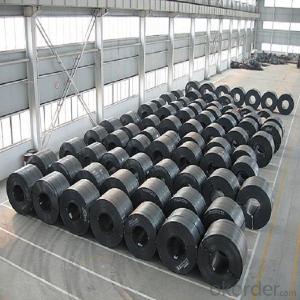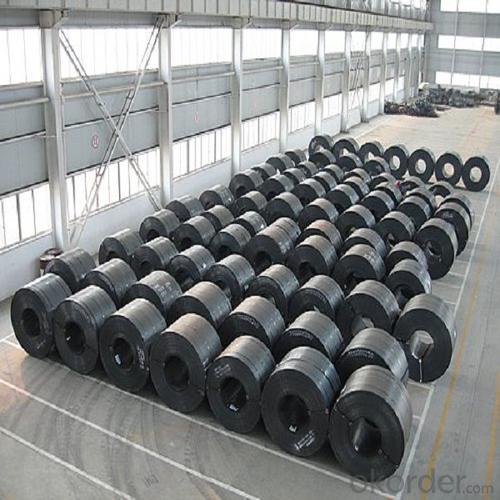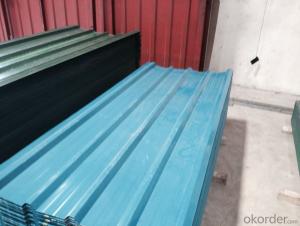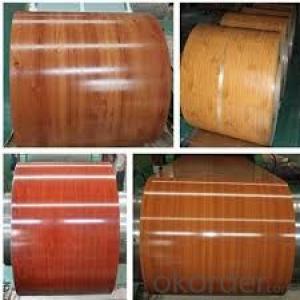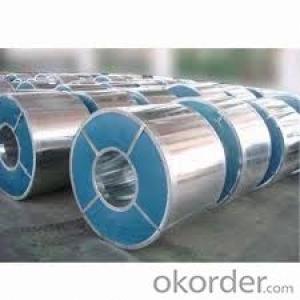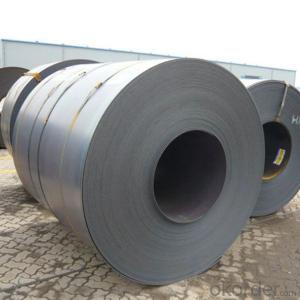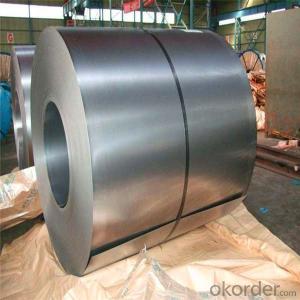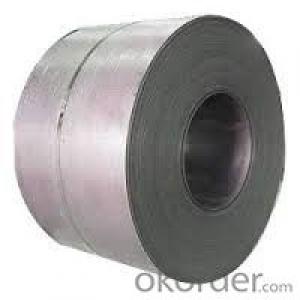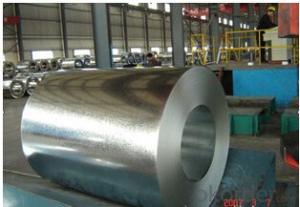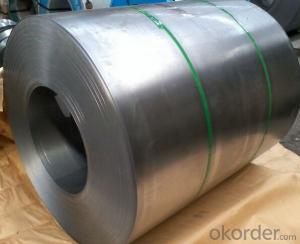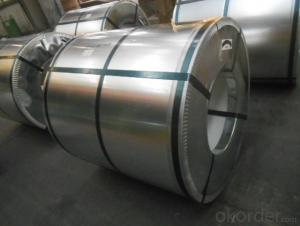Hot Rolled Steel Coil Chinese Supplier Made in China
- Loading Port:
- China main port
- Payment Terms:
- TT OR LC
- Min Order Qty:
- 25 m.t.
- Supply Capability:
- 50000 m.t./month
OKorder Service Pledge
Quality Product, Order Online Tracking, Timely Delivery
OKorder Financial Service
Credit Rating, Credit Services, Credit Purchasing
You Might Also Like
Specification
Standard:
JIS,ASTM,EN,DIN,GB
Technique:
Cold Rolled,Hot Rolled
Shape:
U Channel
Surface Treatment:
Dry,Oiled
Steel Grade:
Q195,Q235,HRB400,Q215
Certification:
ISO,SGS,BV,CE
Thickness:
1.8mm-16mm
Width:
1000mm-1600mm
Length:
requirement
Net Weight:
23mt
Packaging:
Standard Export Packing
Product Description
Q195,Q235,ASTM gradeB,gradeC,GradeD,JIS SS400,EN S235JR hot rolled steel coil1.product: hot rolled steel coil, SPHC.
2.standard: GB,ASTM,JIS,EN,IS
3.delivery condition: hot rolled or annealed
4.delivery time: within 30days after L/C or T/T deposit
5.size: thickness 1-4mm
width 800-1600mm
6.coil weight: 2.5-3mt
7.packing method: bundled with steel strip
8.payment terms: 100%L/C at sight or 30%T/T deposit +70%balance against B/L copy.
9.MOQ: 50mt for single size
10.chemical compostion and technical property:
| Grade | Chemical Composition | ||||
| C | Si | Mn | S | P | |
| Q235A | 0.14-0.22 | 0.17-0.30 | 0.35-0.65 | ≤0.050 | ≤0.045 |
| Q235B | 0.12-0.20 | 0.17-0.30 | 0.35-0.67 | ≤0.045 | ≤0.045 |
| Q235C | ≤0.18 | 0.17-0.30 | 0.35-0.80 | ≤0.040 | ≤0.040 |
| Q235D | ≤0.17 | 0.17-0.35 | 0.35-0.80 | ≤0.040 | ≤0.035 |
| technical property | tensile strength | elongation | yield strength | hardness | reduction area |
| ≥420MPa | 25% | ≥250MPa | ≥156HB | ≥55 | |
Products Picture:
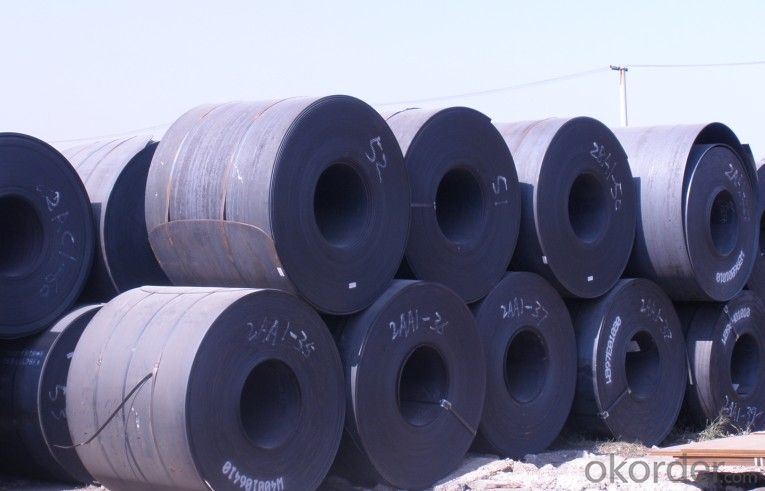
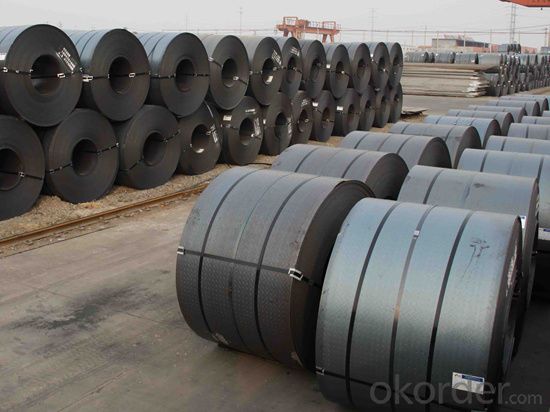
FAQ
1. Q: What's the MOQ?
A: Our MOQ is 25mt.
2. Q: What's the delivery time?
A: It will take about 30 days after TT or L/C.
3. Q: What is the payment terms?
A: T/T, L/C at sight
4. Q: How does your factory carry out quality control?
A: We attach great importance to quality control.Every part of our products has its own QC.
5. Q: What certificate do you have?
A: We have SGS, ISO9001 etc. Also we can apply any certificate if you need if the qty is OK.
- Q: Ok, lately I've been taking to making things out of stainless steel chain mallie rings. The problem is that when i make a bracelet or something, the area around the fastener always looks pretty bad. I'm thinking to have a friend who also does chain mallie finish the weave all the way around. This would make it look good but make it impossible to remove.Are there any long term problems with stainless steel on skin? I know some metals will change the color of the skin or make the skin absorb some of the metal. Is this something to worry about with stainless steel?
- Stainless steel contains both nickel and chromium. These two alloys are responsible for most of contact dermatitis in people. Some of my co-workers making steel had such bad reactions to chromium that they had to quit their jobs. Their skin was always inflamed. People don't react to finished stainless steel the same way because the alloys are bonded tightly in the heat treating process. But if you are grinding it and getting the dust on your skin, you could get a contact dermatitis if you are sensitive. I don't think it would absorb into your blood stream or do any long term damage to your skin. If you do get a reaction, you would have to cease your exposure or in a worse case scenario risk getting a body wide reaction like my coworkers. I would not worry about any exposure making rings out of stainless steel. After all, stainless steel is used in sugical implants and most people are fine.
- Q: Is steel with a black coloring as strong as regular steel. if you are asking why i have two wordsBlack Katana.I know a katana is not made with normal steel, it is made of two types with varying grades of carbon to give it speacial properties, i just want to know if the black will make a difference.
- The term tensile potential refers back to the quantity of tensile (stretching) rigidity a textile can stand up to in the previous breaking or failing. the in simple terms suitable tensile potential of a textile is calculated by making use of dividing the element of the textile examined (the pass area) by making use of the strain located on the textile, regularly expressed in terms of pounds or much consistent with sq. inch of fabric. Tensile potential is an considerable degree of a textile's skill to accomplish in an utility, and the scale is extensively used whilst describing the residences of metals and alloys.
- Q: Hi my dad bought a stain steel refridg. yesterday, and we went to clean it and it looks all streaky and gets finger prints and stuff on it too easily we used mr clean multisurface cleaner and it didnt work to well is there a certain type of cleaner we are supposed to use?
- Stainless Steel Magic works well. If there are no small kids in the house, use a little bit of WD-40 to get some of the bad stuff off, it will shine it up really well. It's not an everyday solution, but it works. Stainless Steel will always pick up fingerprints. There's not much you can do about that.
- Q: What are the common certifications required for steel coils?
- The common certifications required for steel coils include ISO 9001 (Quality Management System), ISO 14001 (Environmental Management System), and OHSAS 18001 (Occupational Health and Safety Management System). Additionally, certifications like ASTM (American Society for Testing and Materials) and EN (European Norm) standards are important for ensuring the quality and compliance of steel coils.
- Q: How are steel coils processed before they are used in manufacturing?
- Before being used in manufacturing, steel coils undergo several processing steps. The initial step, known as pickling, entails immersing the coils in an acid bath to eliminate any surface impurities such as rust or scale. This step serves to enhance the surface quality of the steel. After pickling, the coils are subjected to a process called cold rolling. This involves passing the coils through a set of rollers to decrease their thickness and enhance their dimensional accuracy. Additionally, cold rolling enhances the mechanical properties of the steel, rendering it stronger and more durable. Following cold rolling, the coils are annealed. This process involves heating the coils to a specific temperature and gradually cooling them. Annealing helps to alleviate internal stresses within the steel and improve its formability and ductility. Subsequently, the coils may undergo further surface treatments, such as galvanizing or coating. Galvanizing involves applying a layer of zinc to protect the steel from corrosion, while coating may involve applying various types of paint or polymer to enhance the steel's appearance or provide specific functionalities. Once the coils have undergone the necessary processing and treatments, they are typically cut into smaller sheets or strips according to the manufacturing requirements. These sheets or strips can then be utilized in various manufacturing processes, including stamping, forming, welding, or fabrication, to create a diverse array of products, ranging from automotive components to appliances, construction materials, and more. In summary, steel coils go through a series of processing steps, including pickling, cold rolling, annealing, and surface treatments, before they are prepared for use in manufacturing. These processes result in improved quality, strength, and formability of the steel, enabling it to be transformed into a wide range of products.
- Q: What are the common methods of protecting steel coils from corrosion during storage?
- Common methods of protecting steel coils from corrosion during storage include applying a protective coating or film, using desiccants or moisture-absorbing materials, implementing proper ventilation and climate control, employing corrosion inhibitors or VCI (Vapor Corrosion Inhibitors), and ensuring adequate packaging and sealing to prevent exposure to moisture or contaminants.
- Q: What exactly is surgical stainless steel made of (metals)? Does it contain nickel? If so, what % does it usually contain? I am deciding between surgical stainless steel piercings or titanium. Both same price and looks. I want to know which one is more hypo-allergenic and generally nickel free.
- um surgical stainless steel? lets try ... stainless steel... herp derp
- Q: Is there any other way of testing whether or not you have a 1944 Steel penny that won't damage the penny. The magnet test doesn't seem to work cause even when I try to get a 2007 penny to stick to the magnet...it won't. So is there some kind of magnet needed? Like power wise or anything like that, if not then I need to know what are other ways of testing the 1944 penny.
- 1944 Penny Steel
- Q: for my engineering project I have been asked to design a method of suspending a TV of weight 14Kg from a gantry, the TV must be 5m below the gantry. My team have decided to use as a suspension method a steel cylinder of outer diameter of 10cm and an inner diameter of 8, however we now need to work out both the max stress and strain and the actual stress and strain. and help would be useful
- the area of the cylinder bypass area is extensive actual its 28.26 cm^2 so if the wieght is 14 which ability the metallic consists of .5 kg/cm2 , which isn't something we enable metallic the gentle one carry as much as a million.4 t/cm2 that's 1400 kg no longer 0.5 , so dont worry urself approximately deflection....
- Q: What are the different methods of slitting edge trimming for steel coils?
- There are several different methods of slitting edge trimming for steel coils, each with its own advantages and applications. 1. Rotary Shear Slitting: This method involves using rotary knives to cut through the steel coil. The knives are mounted on a rotating shaft and create a shearing action as they pass through the coil. Rotary shear slitting is a versatile method that can handle a wide range of coil thicknesses and materials. It is commonly used for high-volume production and provides a clean and precise cut. 2. Crush Cut Slitting: In this method, the steel coil is pressed against a hardened anvil by a rotating knife. The knife cuts through the coil by crushing it against the anvil. Crush cut slitting is suitable for thinner gauge materials and is often used for materials that are sensitive to shearing forces. It provides a clean cut but may have limitations in terms of coil thickness and width. 3. Razor Slitting: Razor slitting involves using a razor blade to cut through the steel coil. The blade is mounted on a rotating shaft and creates a slicing action as it passes through the coil. Razor slitting is commonly used for thin and delicate materials that require a precise and burr-free edge. It provides a clean cut but may have limitations in terms of coil thickness and width. 4. Shear Slitting: This method involves using a pair of opposing blades to shear through the steel coil. The blades move past each other to create a scissor-like cutting action. Shear slitting is commonly used for heavier gauge materials and provides a clean and precise cut. It is suitable for high-speed production and can handle a wide range of coil thicknesses and materials. 5. Laser Slitting: Laser slitting utilizes a high-powered laser beam to cut through the steel coil. The laser beam is guided by computer-controlled optics to create a precise and clean cut. Laser slitting is suitable for a wide range of coil thicknesses and materials, including high-strength steels. It provides a high level of accuracy and can handle complex cutting patterns. Each of these methods has its own advantages and considerations, depending on the specific requirements of the steel coil slitting operation. Factors such as coil thickness, material type, desired edge quality, and production volume will influence the choice of slitting method.
Send your message to us
Hot Rolled Steel Coil Chinese Supplier Made in China
- Loading Port:
- China main port
- Payment Terms:
- TT OR LC
- Min Order Qty:
- 25 m.t.
- Supply Capability:
- 50000 m.t./month
OKorder Service Pledge
Quality Product, Order Online Tracking, Timely Delivery
OKorder Financial Service
Credit Rating, Credit Services, Credit Purchasing
Similar products
Hot products
Hot Searches
Related keywords
